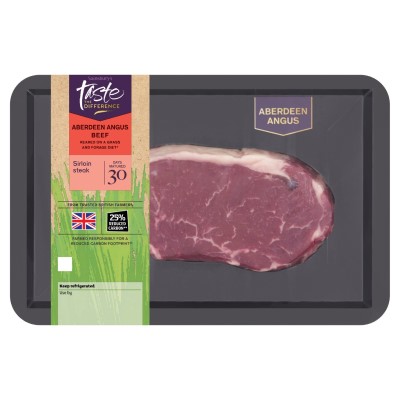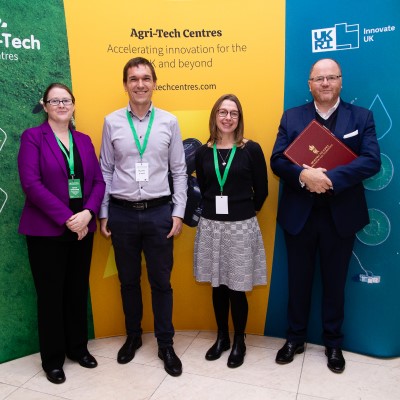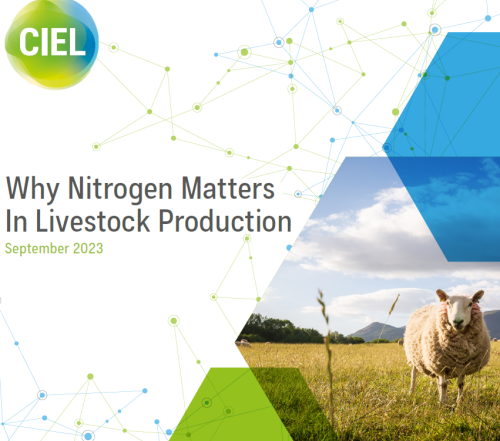CIEL | News: Going beyond the Feed vs Food competition: crops and animals together to address food and nutrition security
One of the controversial aspects of livestock production is the resource competition for feed and food production.
The 11th Animal Task Force (ATF) Seminar on 18 November was one of the three events organised this year by the ATF exploring this ‘feed vs food competition’ topic in detail. Dr Harry Kamilaris , CIEL’s Innovation Manager – Sustainability, captured the key messages from the event:
The seminar begun with a quick recap of the main messages echoed from the previous ATF event held in partnership with the European Federation of Animal Science (EAAP) in Davos, Switzerland, where the benefits of mixed crop and livestock systems were discussed, with crops and animals working together to address feed and nutrition security. Additional topics included aspects of circular economy, biodiversity and potential synergies, soil structure, and genetic improvement of both crops and livestock for mixed systems.
Main messages
- Build resilient systems: Feeding good quality grass

Ruminants are recognised to be a crucial part in the cycle of growing perennial forage legumes for forage production, feeding forage to animals, collecting ruminant manure and using it as fertiliser to grow grass again.
There was a general call for focus on grass-based ruminant production systems, as they can deliver a higher quality product, support increased biodiversity, sustain more vegetation and sequester more soil carbon. Grass-based systems can also be more profitable, as the collaboration between animals and crop systems can reduce the costs of purchased feed and chemical fertiliser inputs.
One identified challenge is that grassland management appears to be a “lost art”, with a lot of information obtained by trial and error. This highlighted the need to promote knowledge transfer networks, for example discussion groups, to support farmer-to-farmer learning.
- Current society narratives: Searching for a compromise
There is a need for many criteria to be considered when attempting to find the most suitable solutions for a livestock production system, from soil health and biodiversity to health & welfare, productivity to pollution, as well as understanding possible trade-offs.
Illustrated with examples from the pig industry, the key messages were that, in most cases, production efficiency goes hand in hand with better environmental impact, but there are new and diverse stakes and challenges to consider, as welfare and quality of life could test the limits of systems in terms of environmental performance and profitability.
- Changing context: Adapt to climate change, new farmers, new consumers

In the search for sourcing sustainable soya and exploring various possible alternatives that could decrease the need from imports from South America, most challenges were focused on availability and scalability for solutions discussed. Good results were reported for using co-products such as rapeseed and sunflower meal.
The agenda further explored the role of the livestock sector in harnessing nutrients within the context of the circular economy. The inclusion of non-human edible feed and non-food grade feed ingredients was discussed, as well as the use of organisms such as insects, algae and other microorganisms to upcycle bio-resources currently not allowed in feed for food-producing animals. One key driver identified was the level of consumer acceptance on the proposed solutions and the need to explore market perception more.
CIEL and its network is actively supporting research in all the areas highlighted. Contact us to discover how we can support your research & innovation: [email protected]








